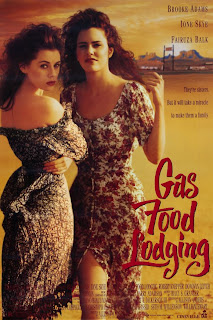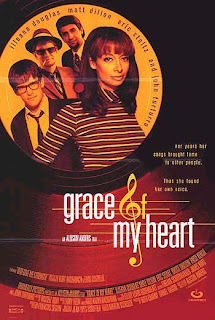If Pixar shit into a bucket, it would still be box office gold. Fifteen years ago Pixar catapulted itself into a movie-making monopoly with Toy Story. Since then they’ve continued to rehash the same predictable (and often adorable) story lines about the secret lives of bugs, monsters, cars, rats, and superheroes. They are the main reason movie theatre parking lots continue to fill up with dented minivans and half-crushed McDonald’s milkshake containers. But still, no matter how annoyingly formulaic their stories are, I am a sucker for them. Confession: I was in line to see Up before many ten-year-olds in my neighborhood and am not ashamed to say that I cut right in the middle of a group of 15 kids to make sure I got better seats than they did. I have also been known to hush children during Pixar films. I’m that guy.
Up came in the aftermath of Wall-E (last year’s Oscar winner for Best Animated film), though Up takes a decidedly safer route. At Pixar, like most movie houses, there are A and B movies. The A movies at Pixar are written and directed by Andrew Stanton (Wall-E, Finding Nemo, Toy Story) and Brad Bird (Ratatouille, The Incredibles). Up is a B movie (only produced by Stanton and Bird), and pulls out many Pixar tricks to throw something together in time for a summer release date (Pixar Trick #1: Summer release date).
Up tells the story of widower, Carl Fredricksen (voiced by Ed Asner). The movie begins with Carl as child, donning explorer goggles, and ogling over a film about his explorer idol, Charles Muntz (voiced by Christopher Plummer). Muntz, the captain of The Spirit of Adventure (PT #2: Name everything with vague, idyllic names), claims he’s found a new beast in a far-off part of South America. When scientists debunk Muntz’s discovery as a fabrication, Muntz floats off back into the wild to prove the scientific community wrong. Carl, still a boy, travels home from the theatre and is stopped by Ellie, a young, rambunctious child with, let’s face it, WAY cooler explorer garb than Carl. She inducts him into her own explorer club and within a 5-minute musical montage they are married, live their life together, save money for a future trip they never take, and lose a child. (PT #3: Emotional montage where characters gaze at each other instead of speak.) Ultimately Ellie dies, leaving Carl alone and curmudgeonly.
Insert Pixar dilemma: Pixar has a girl problem. I don’t want to dwell too much on this, as the blogosphere has already run Pixar through the dirt (as it should). Noted in Linda Holmes’ blog on NPR, after 15 years of movie making, Pixar has yet to create a story with a female lead. Ellie is the only female voice in this entire movie and she is dead and gone within the first ten minutes. She’s not even allowed an actual voice as an adult. (see PT: #3). The entire story is told by a male octogenarian and a boy, Russell (voiced by Jordan Nagai), who is seventy years Carl’s junior, and who—instead of being a real-world boy scout—is a Wilderness Explorer (see PT: #2). It is devastating to watch this movie in a theatre of mothers and young girls who are forced to stretch their own experiences into the identities of these stock male characters. (PT #4: Employ an inordinate amount of male writers.)
There is a mother bird character that is quirky and loves chocolate, flitters around on the screen as the comic relief, and who, as the film progresses, becomes the desire of Muntz in order to prove to the scientific community that he’s not crazy. But even this bird’s identity is wrapped up in her overly compelling (sarcasm) storyline to return to her bird babies. When she is returned, the world apparently rights itself on its axis and all sense of justice is restored. (PT #5 – Everything in Pixarland turns out alright in the end.) But enough is enough. Fifteen years with no female leads is an embarrassment. I’m sure all the male writers at Pixar (see PT #4) might have noticed what a shame it was had they not been so busy shooting their wads into each others’ over-inflated male-dominated story lines.
Enough about wad-shooting; here’s a quick summary. When Carl faces eviction from encroaching developers, instead of being taken to Shady Oaks retirement home, he fills his house with thousands of balloons and (much like Australia’s Danny Deckchair) takes to the sky. (PT #6 – Shiny, colorful screenshots make the best advertisements.) While in the air, Carl realizes that Russell is with him. The goal is to get the house to Paradise Falls (see PT #2), so that Carl can fulfill a life-long promise he had with his dead (mute) wife, Ellie. They land on the wrong side of the falls and spend much of the movie carrying the house (PT #7: Every character has some burden they have to overcome.) to the opposite side of the rocky crag. They encounter talking dogs (PT #8: Every animal can talk.) that use them to catch the mother-beast-bird thing. Chaos ensues, dreams are crushed, lives are rebuilt (see PT #7), and Muntz falls off the dirigible to his death. (PT #9: Kill off the bad guy.)
Up is a kid’s movie, but because we live in a world where movie writing/directing are 99.9999999% dominated by men, Up is set in a man’s world. It’s a boy’s story, for boys, about boys, where mute girls die off early. But for all the times I cringed at Up’s blatant disregard for women, I will say that I practically drooled on myself because the movie was so damned visually stunning. (see PT #6). When those balloons come out of Carl’s chimney and his house begins to lift off the ground, I think it doesn’t matter who is in the movie theatre, everyone’s mouth is open and everyone is ready for the ride. Pixar has a pulse on what makes a good movie, and they are artistically capable of pulling it off, but they rely on storylines that readily neglect female roles. (PT#10: No female leads.) As far as I’m concerned, they can toss that trick in the trash.
Travis Eisenbise works at a non-profit environmental organization in New York City. His fiction and non-fiction have appeared in (super small) journals, so it’s okay that you’ve never heard of him. He lives in Brooklyn with his partner who likes to make bread in a bread robot.
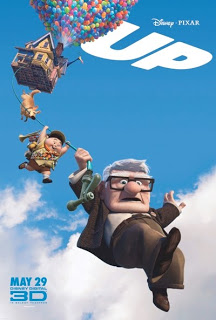

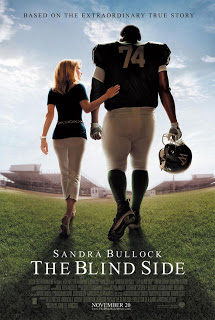
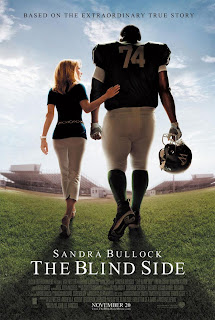
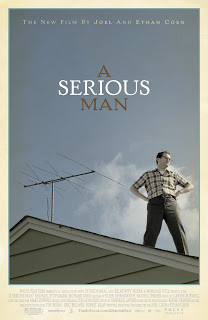

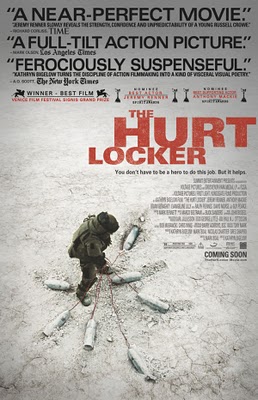

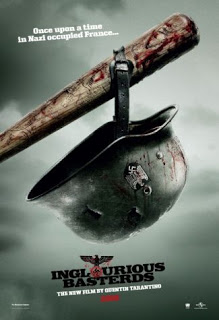

















































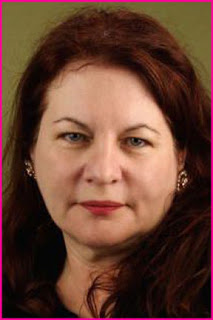

 Border Radio: 1987
Border Radio: 1987 